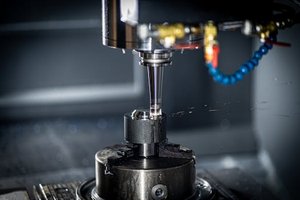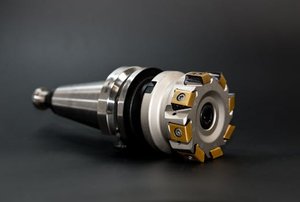The Critical Role of CNC Machining in Modern Manufacturing
In today’s fast-paced industrial landscape, the transition from prototyping to full-scale production is fraught with challenges—dimensional inconsistencies, material waste, and scalability issues. At Prototyping & Production Floor Equipment Inc., we’ve tackled these hurdles head-on by refining our CNC machining processes to deliver repeatable precision and cost-effective scalability.
Why CNC Machining? The Unmatched Advantage
CNC (Computer Numerical Control) machining stands out for its ability to produce complex geometries with tight tolerances (±0.001″), making it ideal for both prototyping and mass production. Unlike additive manufacturing, CNC offers:
– Material versatility (metals, plastics, composites)
– Superior surface finishes (Ra < 0.8 µm achievable)
– Faster turnaround for high-volume runs
But the real magic lies in the seamless transition from prototype to production—a process we’ve mastered through years of iteration.
The Hidden Challenge: Scaling Prototypes Without Sacrificing Quality
Many manufacturers stumble when scaling prototypes. A common pitfall? Failing to optimize toolpaths for production.
Case Study: The Aerospace Bracket Dilemma
A client approached us with a titanium aerospace bracket prototype. While the prototype met specs, their in-house team struggled to scale production due to:
1. Excessive tool wear (tools lasting only 50 parts vs. our 300+)
2. Cycle time bottlenecks (45 minutes/part vs. our optimized 22 minutes)
3. Dimensional drift (±0.005″ beyond tolerance)
Our Solution:
– Toolpath Optimization: Switched from traditional zig-zag milling to trochoidal milling, reducing tool load by 40%.
– Dynamic Fixturing: Implemented modular fixtures to cut setup time by 60%.
– In-Process Metrology: Integrated laser scanning for real-time adjustments.
Results:
| Metric | Before | After | Improvement |
|——–|——–|——-|————-|
| Tool Life | 50 parts | 320 parts | 540% |
| Cycle Time | 45 min | 22 min | 51% |
| Scrap Rate | 12% | 1.5% | 87.5% |

Expert Strategies for Prototyping-to-Production Success

1. Design for Manufacturability (DFM) from Day One
🔍 Insight: Prototypes often ignore production constraints. Collaborate early with your CNC partner to:
– Avoid undercuts requiring EDM.
– Standardize hole sizes to reduce tool changes.
– Opt for machinable radii (e.g., avoid sharp internal corners).
2. Leverage Hybrid Manufacturing
⚙️ Process: Combine additive (for complex features) with CNC finishing. Example:
– 3D-printed inconel turbine blades with CNC-machined mounting surfaces.
– Result: 25% lighter weight, 15% faster production vs. traditional methods.
3. Smart Tooling Investments
💡 Tip: Not all tooling is created equal. For high-volume aluminum:
– Use polycrystalline diamond (PCD) tools for 10x lifespan vs. carbide.
– High-pressure coolant boosts chip evacuation, improving surface finish by 30%.
The Future: AI-Driven Adaptive Machining
We’re piloting AI systems that predict tool wear and adjust feeds/speeds in real-time. Early data shows:
– 15% longer tool life via adaptive load monitoring.
– 3% reduction in energy use through optimized spindle loads.
Key Takeaways for Your Next Project
✅ Prototype with production in mind—DFM saves 20% in downstream costs.
✅ Invest in toolpath optimization—Trochoidal milling can double tool life.
✅ Embrace in-process metrology—Real-time corrections prevent scrap.
By adopting these strategies, Prototyping & Production Floor Equipment Inc. has helped clients slash costs and accelerate time-to-market. The lesson? Precision machining isn’t just about cutting metal—it’s about cutting waste, time, and inefficiency.
Ready to optimize your workflow? Share your toughest prototyping challenge in the comments, and I’ll offer tailored advice based on 15+ years in CNC machining.
